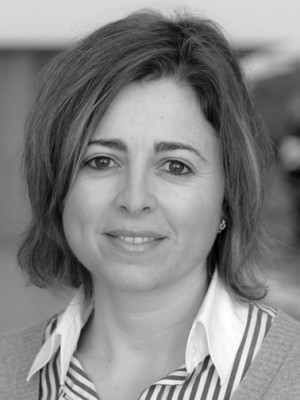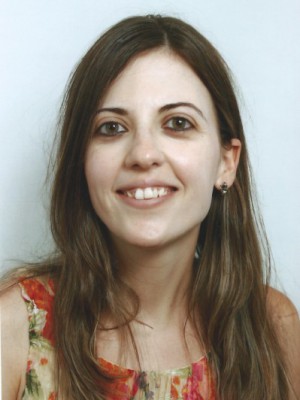resumo
Zirconium-tungsten mixed oxides (ZrW) are effective catalysts in the aqueous-phase dehydration of D-xylose to 2-furfuraldehyde (Fur), at 170 degrees C. The texture and acid properties of ZrW materials were modified to enhance Fur yields. The catalysts prepared by co-condensation without a templating agent (ZrW(X), X = NO3, Cl; X is related to the type of zirconium precursor) possess relatively low specific surface area and amounts of accessible acid sites, leading to a modest Fur yield of ca. 35% at 99% conversion. The use of a templating agent in the preparation of mesoporous ZrW (ZrW-MP) increased considerably the specific surface area and the amount of accessible acid sites, which resulted in enhanced Fur yields (42%) reached at comparable conversions. Further improvements in Fur yields at high conversions were accomplished by introducing aluminium in the catalyst preparation procedure to give ZrAlW-MP (51% yield at 98% conversion). Fairly good catalytic results were also obtained in the case of the ZrAlW-MP catalyst, using solely water as solvent (46% yield at 93% conversion). A study of the identification of the reaction by-products by two-dimensional gas chromatography (GC x GC) combined with time-of-flight mass spectrometry (ToFMS) was carried out. (C) 2012 Elsevier B. V. All rights reserved.
palavras-chave
HIGH-TEMPERATURE; PHASE DEHYDRATION; SUSTAINABLE PRODUCTION; SUPERCRITICAL WATER; SURFACE-ACIDITY; D-FRUCTOSE; D-GLUCOSE; TUNGSTEN; ZIRCONIA; BIOMASS
categoria
Chemistry; Engineering
autores
Antunes, MM; Lima, S; Fernandes, A; Candeias, J; Pillinger, M; Rocha, SM; Ribeiro, MF; Valente, AA
nossos autores
Grupos
1 - Nanomateriais inorgânicos funcionais e híbridos orgânico-inorgânico
4 - biorrefinarias, materiais de origem biológica e reciclagem
agradecimentos
We are grateful to the Fundacao para a Ciencia e a Tecnologia (FCT), the Programa Operacional Ciencia e Inovacao (POCI) 2010, Orcamento do Estado (OE), Fundo Europeu de Desenvolvimento Regional (FEDER) for general funding (project POCTI/QUI/56112/2004), and to CICECO and QOPNA (Research Unit 62/94, project PEst-C/QUI/UI0062/2011). We acknowledge the FCT for a PhD grant to M. M. A. (SFRH/BD/61648/2009) and a post-doctoral grant to S. L. (SRFH/BPD/23765/2005). The authors thank Prof. C. P. Neto (University of Aveiro) for helpful discussions, Dr. F. Domingues (University of Aveiro) for access to HPLC equipment, and Magda Santos for the assistance in the GC x GC-ToFMS analyses.




